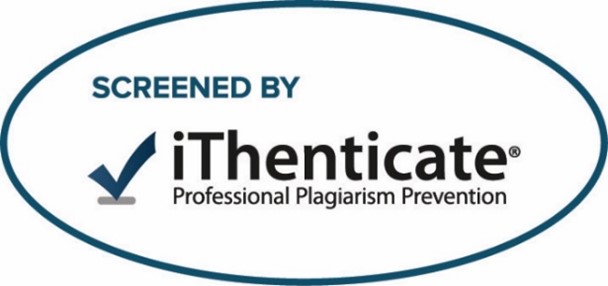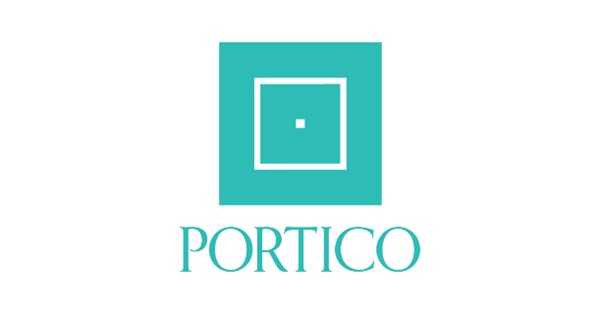Article Type
Original Article
Abstract
Objective: To evaluate microtensile bond strength (μTBS) of four types of adhesives including the “modified-bioactive” and their effect on micromorphological patterns of resin/dentin interface, immediately after 24hours and after 6months storage, followed by thermocycling. Material and Methods: Eighty extracted sound permanent molars were collected from patients seeking extraction in the outpatient clinic oral surgery department, Faculty of Dentistry at Mansoura University, according to the regulation of our institutional ethical committee under # (A03160321). The selected molars were assigned into four groups according to adhesive types: non-modified self-etch adhesive modified self-etch adhesive with hydroxyapatite nanorods, universal adhesive, resin-modified glass ionomer adhesive. The groups according to time of testing were subdivided into two subgroups: (a) was immediately evaluated, (b) was subjected to the 6months storage in artificial saliva followed by thermocycling (2000cycles). Results: The Two- way ANOVA test showed that the "adhesive type" and "time" partially affected the µTBS results. There was no significant difference in μTBS between non-modified and modified groups (p>0.05). However, there was a significant difference in μTBS between the universal group (Delayed) (D) and the non-modified group (Immediate) (I). There is a high significance of all tested groups with the resin-modified glass ionomer adhesive delayed group (p < 0.05). Conclusion: The incorporation of hydroxyapatite -nanorod to self-etch adhesive improve bond strength with no significant difference. Aging did not affect negatively the bond strength between groups except Riva group. There is a considerable significant difference between the Universal adhesive aged group and the non-modified adhesive immediate group.
How to Cite This Article
Musa H K, Hammama H H, Mahmoud S H.
Effect of Incorporation of Hydroxyapatite Nanorods in Self-Etch Adhesive on Microtensile Bond Strength and Micromorphological Patterns of Resin/Dentin Interface.
Mans J Dent.
2022;
9(1):
10-13.
Available at:
https://doi.org/10.21608/mjd.2022.226766
Creative Commons License

This work is licensed under a Creative Commons Attribution-NonCommercial-No Derivative Works 4.0 International License.








